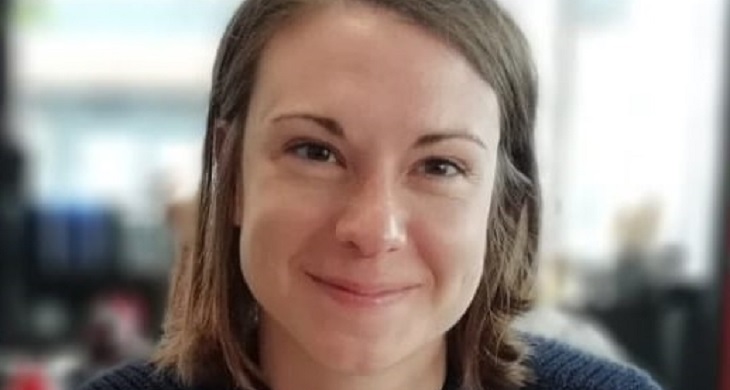
Alice Pengelly from the Clean Air Champions team spoke to Dr Helen Freeman at Breathing City to find out about their research into the flow of air into and out of our homes.
Breathing City, also known as the Future Urban Ventilation Network (FUVN), brings together researchers and practitioners across the UK to develop a new approach to manage exposure to indoor air pollution by considering the airflows between indoor and outdoor environments. As network co-ordinator, Dr Helen Freeman works to ensure ideas and conversations from meetings and events are translated into real results.
What does Breathing City do?
A large proportion of air pollution research focuses on outdoor air quality. Yet adults in the UK are estimated to spend around 90% of their time indoors.
In recent years, partly due to the impact of the Covid-19 pandemic, many researchers are now turning their attention to indoor air quality, how it affects our health and how we can improve it. Breathing City considers how indoor-outdoor air flows, in the context of air quality, affects our health, thermal comfort, noise exposure and energy use.
“Do you open a window to let fresh air in,” Helen explains, “or do you close a window to stop air pollution from outside coming in?”
Breathing City is one of six networks funded by Wave 2 of the Clean Air Programme. The others are CleanAir4V, TRANSITION Clean Air Network, Tackling Air Pollution At School (TAPAS), HEICCAM and BioAirNet. They often work together to coordinate meetings and events.
As a network coordinator, Helen is responsible for not only arranging meetings and events for the network, but also for turning the outcomes from these into something useful.
She takes ideas and decisions from these meetings and events, and ensures they feed into solid outputs, such as a website blog article, funding proposal or policy briefing paper.
“It’s really driving output from conversation,” she explains. “Sometimes, fantastic ideas are discussed but they can get lost in the noise. I think the network coordinator’s role is to move that forward to maintain momentum and deliver impact.”
A journey from physics research
Helen began her career as a physicist. She did a physics degree at the University of Manchester, after which she stayed on to do a master’s in sustainable technologies.
She then moved to the University of Leeds to do a PhD in nuclear energy. During that time, she became interested in the materials inside nuclear reactors, and materials science more generally.
This led her to do a postdoctoral fellowship at a geosciences institute in Germany. After this she moved back to Leeds to do materials science research with a chemistry group there.
“I started doing sustainable energy and materials engineering research because I found it scientifically very interesting and felt it had a big research impact,” she says, “but, over the years I became more interested in the bigger picture research impact projects and less so in the scientific laboratory activities.”
This lead her to consciously take a step back, reflect on her career and seek out other job opportunities in the research community. This is how she came to apply for her current role with Breathing City. At the same time, she also started a one-year fellowship with the Parliamentary Office of Science and Technology (POST) to produce a briefing paper for parliamentarians on low-carbon building design.
Aiming for impact beyond academia
In the longer term The Breathing City team intend to research the exchange of air between the indoor and outdoor environment, and how indoor air quality and net-zero challenges need to be addressed together. They are also interested in how people’s behaviour affects indoor air quality.
However, their work goes beyond academic research. They are also working to influence policy, building on their researchers’ work with the COVID-19 Environmental and Modelling advisory group for the government’s Scientific Advisory Group for Emergencies (SAGE) and involved with influencing ventilation standards in building regulations.
“Several of our academics have been involved in SAGE to coordinate the COVID-19 response, so we’re well placed to communicate the importance of indoor air quality with the government” Helen explains.
They are currently working with the Chief Medical Officer, Prof Chris Whitty, who’s preparing a report this year on air quality. They have also worked closely with the Royal Academy of Engineering to support a publication on designing buildings to be infection resilient.
One of their main goals is to establish an indoor air quality observatory, based on a system used in France. This will gather data on indoor air quality to inform policy and building regulations. They are collaborating with researchers across the UK on this, as well as industry, public health and policy partners.
Yet improving indoor air quality doesn’t necessarily require high-tech solutions, and a large part of their work is getting the message out about what we can all do and why it’s important.
“There are a lot of easy wins in improving your indoor air quality,” Helen explains. “Simple things such as using an extractor fan when you’re cooking dinner, swapping spray cleaning products for cream cleaning products, or drying clothes outside where possible”.